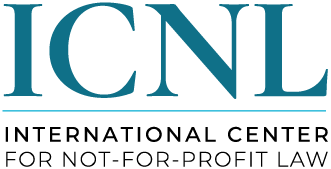by AFRODAD

The IMF allocated Special Drawing Rights (SDRS) equivalent to about US$650 billion in August 2021. This allocation is meant to benefit all members, addressing the long-term global need for reserves and fomenting the resilience and stability of global economy. The allocation is made in proportion to their quotas in the fund. Africa only received 5% of the allocation amounting to US$ 33billion.
In order to recover from the COVID-19 pandemic, Africa as a whole need US$ 285 billion through 2025. This therefore clearly points out the need for an increased SDR allocation to African countries. Besides this, the advanced economies should redirect their SDR allocation to nations that need them more as this is crucial in addressing global inequality and the growing financing gaps between countries.
How has the continent used it so far?

From the above analysis, it is evident that a large percentage of SDRs allocated to African countries have mostly been directed towards boosting reserves and financing social protection initiatives. Some of the social protection initiatives include supporting COVID-19 pandemic response, addressing food insecurity issues, education, health, water and sanitation projects and boost economic recovery post pandemic. A huge chunk has also been directed towards financing budget deficits of different countries as a result of tight fiscal spaces due to the escalating external debt issues whereas some have directed their SDRs entirely towards debt payment and in other cases substituting expensive domestic financing as is the case in Ivory Coast and Burkina Faso.
Why do we need more?
Raising the share of SDR allocation will without a doubt substantially boost investments in the structural transformation of African economies which would in turn accelerate the heterogeneity of exports from Africa for an accelerated income generation. This is so because the issued SDRs will aid in reducing countries’ exposure to exchange rate volatility and liquidity constraints associated with elevated balance of payment pressures especially countries heavily dependent on foreign exchange income and fiscal revenues. Reallocation of unused SDRs from rich countries may not have the same impact but could provide the minimum level of infrastructure investment required for sustainable growth which over time will accelerate the development of regional value chains and create complementary demand and set these countries on a virtuous cycle of sustained and robust per capita income growth for global income convergence.



